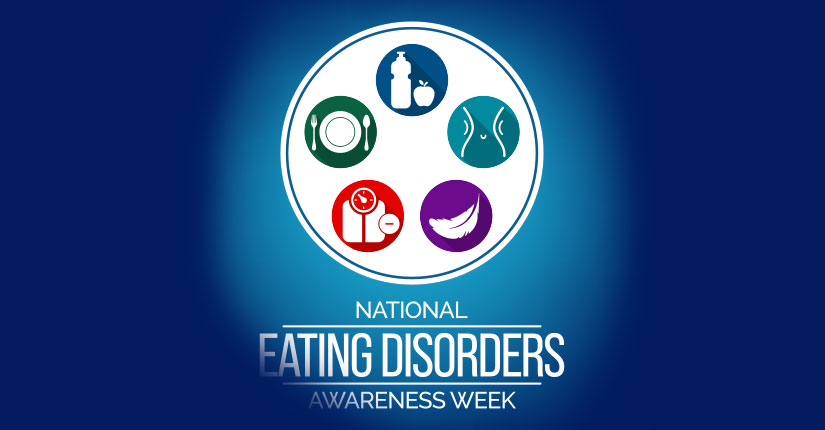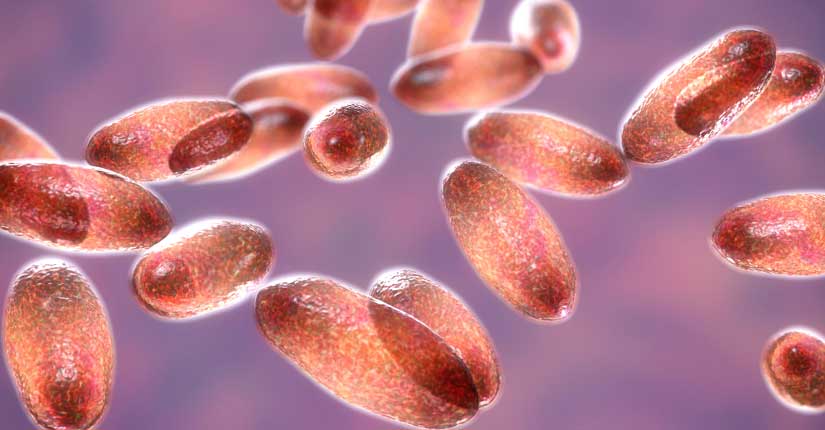Eating Disorders: Here Is The List Of Most Common Types And Their Symptoms
By Nmami Agarwal 06-Feb 2022 Reading Time: 4 Mins

Eating disorders are more than just the “eating” part. They are seriously related to eating behaviours & mannerisms which adversely affect your health and eventually your ability to function.
Eating disorders cause unhealthy eating habits to develop due to adverse mental state conditions driven by an obsession with extreme weight loss, body shape and food. Eating disorders are due to factors such as personality traits, genetics, cultural influence, brain and body needs. They require psychological experts to treat these conditions.
The most common types of eating disorders are –
1- Anorexia Nervosa – One of the most common eating disorders that develop during adolescence and affects more women than men.
In this the individual views themselves as overweight and limits their calorie food intake.
They have an intense fear of becoming fat, overweight and may be engaged in an activity that interferes with their weight gain.
The individual has very strict requirements for their body shape and weight even if they are in their healthy weight ranges or underweight.
This makes them completely avoid foods with fats and carbohydrates which provide energy to the body.
Obsessive-compulsive symptoms are present in which the individual may be preoccupied with thoughts about food and may obsessively collect food to limit its availability.
This makes them have difficulty in eating in public, have a domineering sense and desire to control all food in their environment.
Anorexia is very damaging to the body leading to thinning of bones, infertility, brittle hair, nails and growth of fine hair all over the body.
In severe cases, it may lead to organ failure.
2- Bulimia Nervosa – Similar to Anorexia it develops amongst adolescents and is more common in women than men.
In bulimia, the individual frequently or on a regular practice eats unusually large amounts of food and this bingeing continues until the individual becomes full to the point of pain.
This binge is characterised by a loss of control in which the person feels they cannot stop their eating.
This is followed by the artificial removal of everything ingested by forced regurgitation, the use of laxatives, enemas and fasting. These recurrent episodes of binge eating, forced removal of everything eaten and self-evaluation that is done keeping in mind-body shape & weight are the common symptoms of bulimia.
The individuals, however, maintain a comparatively healthy weight but there may be damage to the throat, gut, alimentary canal, tooth decay, acid reflux, dehydration and hormonal disturbances.
3- Binge Eating Disorder – It is also commonly found in adolescence and then persists till adulthood.
Its symptoms are similar to bulimia without the desire to maintain body shape and weight.
The individual consumes large amounts of food without control and there are no follow-ups of purging of the food.
This overeating leads to obesity and weight-related medical conditions.
Footnote
Sometimes eating disorders might require proper treatment. If left untreated it can damage your mind & body.





















